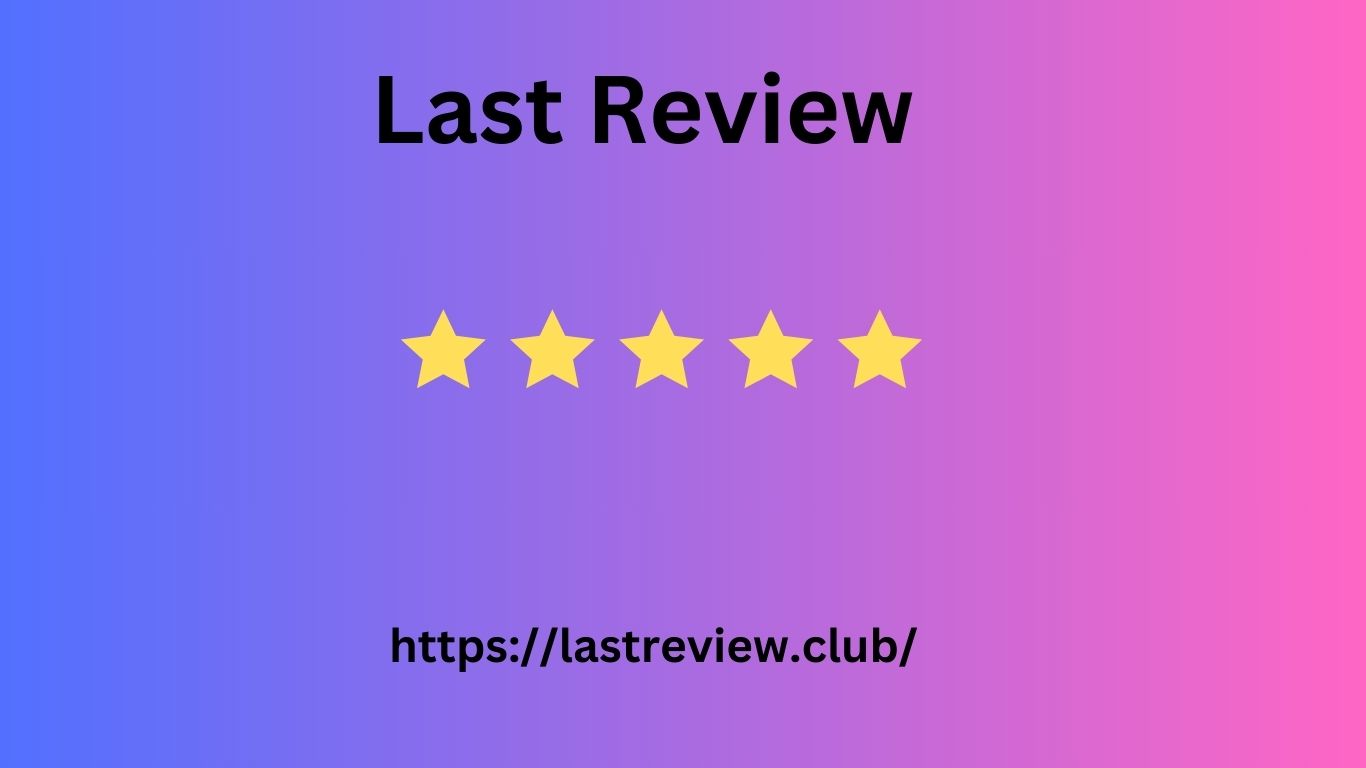|
|
About the URL and extension of your domain name? Very good question ! And since a reminder never hurts, let's remember that a URL consists of a protocol ( most often), a domain name (your-site-internet) and a path (/services/product-1). Regarding a website in several languages, we can observe several possible solutions. A single domain name and a multilingual URL or folder Apple: :apple/pt/ One domain name per language version Airbnb: :airbnb.pt/ One subdomain per language For this we do not have an example for the simple reason that it is not recommended use from an SEO point of view.
We therefore recommend one of the first 2 solutions. Which Last Review solution to choose? and you've designed your multilingual technically well, either of the first two solutions are equally good. 5 - Meta description and sitemap Positioning yourself number 1 on Google for your strategic keywords does not happen overnight. It takes work and it starts with building a niquel chrome site, which meets natural referencing standards. In the case of a multilingual site, there are things not to forget. Meta descriptions If you are not new to SEO, you must have already heard of these famous meta descriptions. Those few lines of text that appear in Google results.

A detail for many, but very strategic. It's about writing the description of your page well: integrate your keyword (as well as in the title of your page) take care of the writing to make you want to click and increase your click rate Whether on a classic site or a multilingual site, your meta descriptions must be unique for each page and for each language that you offer. The sitemap To create a multilingual site in the best SEO conditions, you will need to set up or upgrade your sitemap . You will need to create a URL tag for each of your URLs and provide Google with a sitemap that will look like this example: img-semblog 6 - Language switch.
|
|